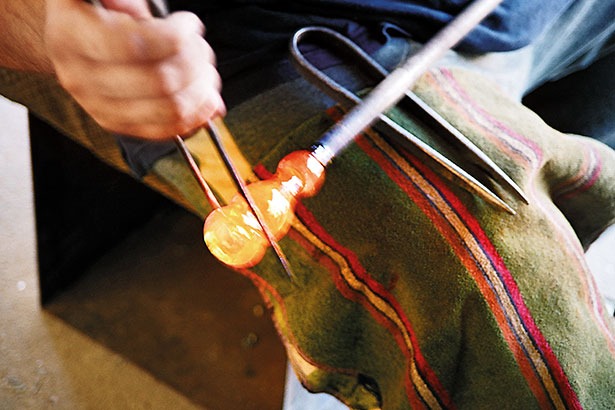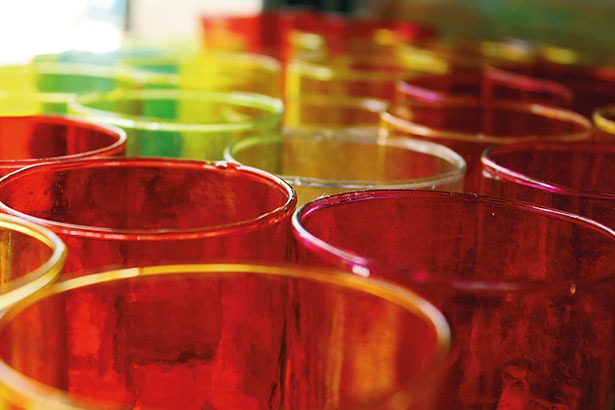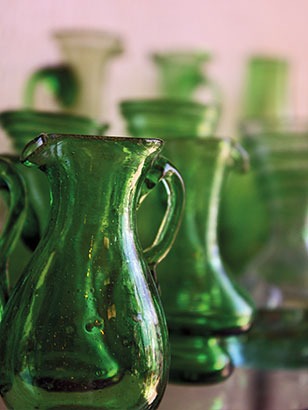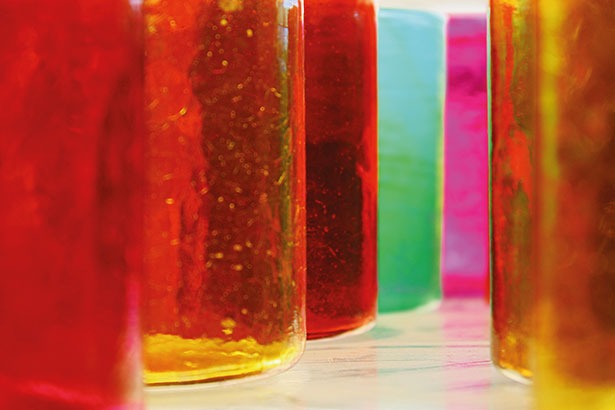The making of molded or cast glass vessels or objects began around 1500 BC, but it is unclear whether this process was invented in Mesopotamia or Egypt.
Documented evidence for the production of glass includes offertory lists on Egyptian temples. Glassmaking processes were also detailed in Mesopotamian cuneiform texts discovered in Nineveh, as part of the library of King Assurbanipal.

A primary glasswork shop was discovered at Pira messes, Egypt, while others of the period have been discovered in Amarna.
During the Phoenician period, the trading post of ancient Serepta would have had a thriving artisan community, with glassmakers selling their wares to seafarers.

Today in Serepta, more commonly known as Sarafand, a sleepy village in southern Lebanon, one family is determined to keep the ancient tradition alive.
The Khalifeh family has been blowing glass for about 50 years, selling their goods in their local shop or to wholesalers. Today the family-run business is the last glass-blowing enterprise in Lebanon. They recycle glass scavenged from garbage sites and turn it into vases, water jugs, drinking glasses, oil lamps, decorative baubles and pieces of art.

All the employees are family members. Apprenticeship begins at the age of 12 and lasts for eight years before trainees are allowed to say they have mastered this delicate skill. It takes 24 hours to heat up the homemade kiln to the required 1,400 degrees Celsius. The kiln is split into two sections, the larger contains molten clear glass and the smaller, the colored glass.
When making a water jug, first, the end of a thin tube is dipped into the molten glass. Then the glassmaker gently blows down it forming a bubble of glass on the end. The tube is afterwards swung in circles to elongate the viscous glass into what will be the neck of the jug. The handle is attached separately with stretched blobs of red glass. Finally, the vessel is decorated with a coiled thread of green glass.
- Nissrine Khalifeh +961 3 906 091
- Blown glass | Facebook

Article edited on November 15, 2021
Loading
